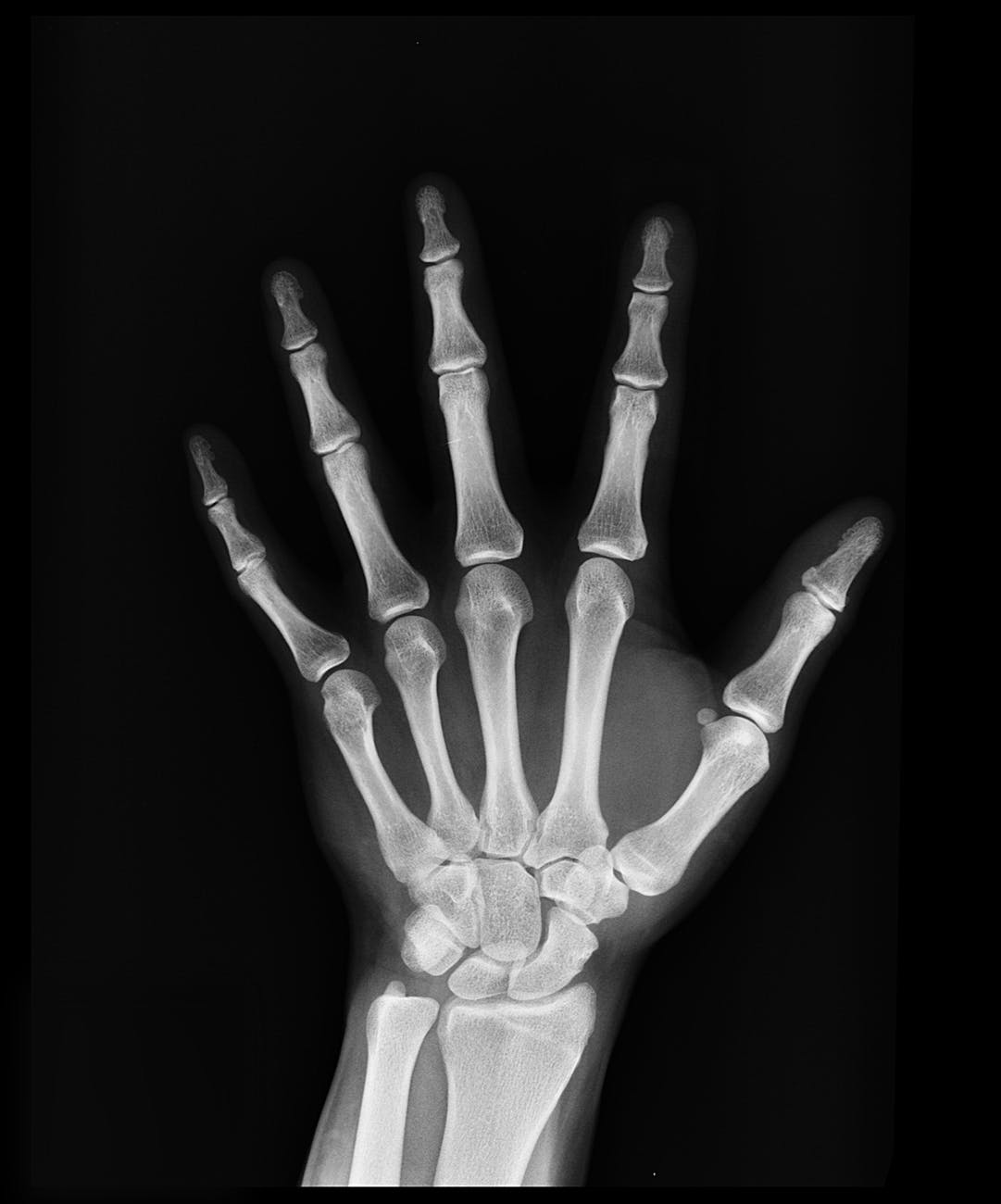Anyone who has gone to the ER knows about hours of tense waiting and treatment. Why does it take so long? And how do you know if you really need an emergency room?
Basically, the emergency room runs on a triage system that takes the most serious medical emergencies first. Once you're registered and evaluated, you're put on a sliding scale of importance based on whatever else comes through the door.
Keep in mind that life-threatening injuries such as stabbings, gunshot wounds, and other serious injuries will always take precedence over everything else. You also have no idea what may have come in through the ambulance bay; as you're in the waiting room, multiple victims of a bad car crash may have gone straight in for immediate treatment.

Certain things DO warrant a trip to the emergency room, according to Inova Emergency Services:
- Acute abdominal pain
- Chest pain or heart attack
- Severe burns
- Coughing up or vomiting blood
- Broken bones
- Shortness of breath
- Severe trauma or injury, severe bleeding
- Severe headache, sudden weakness dizziness, or loss of balance
- Sudden numbness of face, arm, leg, or other stroke-like symptoms
- Very high fever or severe pain of any body part
There are several alternatives to going straight to the emergency room. This is how I handle unexpected medical issues:
Speak to a pharmacist
Minor issues like stomach aches or allergies can often be helped with over-the-counter medication. Simply ask to speak to the pharmacist for guidance on what kind of OTC medicine works best. Try to use the same pharmacy for your prescription medications; that will keep all of your records in one place.

Calling my regular doctor
If it's something small like a cold that won't go away, a call to my primary care physician will usually get me a next-day appointment.
Walk-in clinic
When something happens on the weekend or if it's something that could be easily fixed, like a urinary tract infection or a stomach bug, the CVS Minute Clinic is the first line of defense, according to my insurance plan. The clinics are generally staffed by nurse practitioners or physician assistants who can write prescriptions just like any doctor.
Urgent care clinic
These are better equipped to handle things like X-rays and sprains. Even things like lacerations, burns, and fractures can be addressed by urgent care clinics like Patient First. Often run by physicians, these clinics can send you on if you need to see a specialist.

If you choose any of the other options and it's really an emergency, they'll send you to the ER, either on your own or by ambulance. The best part about that is, they'll call ahead and you'll probably be seen quicker with a referral like that.
Another added bonus of using one of these alternatives is the cost. An emergency room visit will end up being hundreds, if not thousands of dollars, and that expense may not be entirely necessary. The next time you have a medical issue, try to think about the next logical step to seek treatment. It may not be going straight to the ER.
**All photos in this article are courtesy of Pexels.
Do you have an emergency room waiting story? Tell us about it in the comments below!
